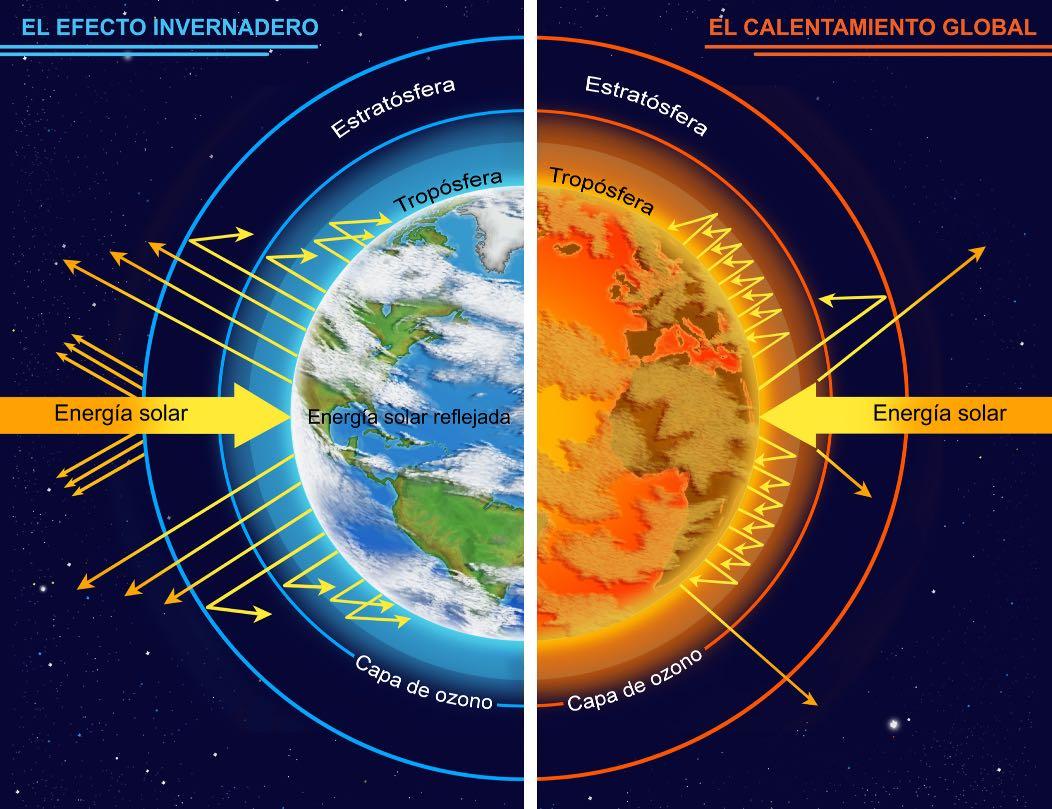The extreme heatwaves of 2023 have undermined the Earth’s CO2 absorption capacity, according to a study backed by the European Space Agency (ESA).
This led atmospheric carbon dioxide levels to new highs, intensifying concerns about the acceleration of climate change.
Impact of Heatwaves and Climate Change
Measurements from the Mauna Loa Observatory in Hawaii showed that atmospheric carbon concentrations increased by 86% in 2023 compared to the previous year, despite fossil fuel emissions only rising by 0.6%.
This increase suggests that weakened CO2 absorption by natural ecosystems is a key factor.
Reduced Carbon Absorption Capacity
Normally, the Earth absorbs about a third of human-generated carbon dioxide emissions. However, in 2023, this capacity was reduced to only one-fifth of its usual level, marking the weakest performance of terrestrial carbon sinks in two decades.

Impact of Fires and Droughts
The extreme heat of 2023 fueled massive forest fires and severe droughts, especially in Canada and the Amazon, releasing large amounts of carbon into the atmosphere. This weakened the terrestrial ecosystem’s ability to absorb carbon dioxide, exacerbated by a particularly strong El Niño event.
Consequences and Future
The diminishing capacity of terrestrial ecosystems to absorb carbon dioxide indicates that these natural sinks are reaching their limits. This will require even more ambitious emission reductions than previously anticipated to achieve safe limits of global warming.
Do you already know our YouTube channel? Subscribe now!

